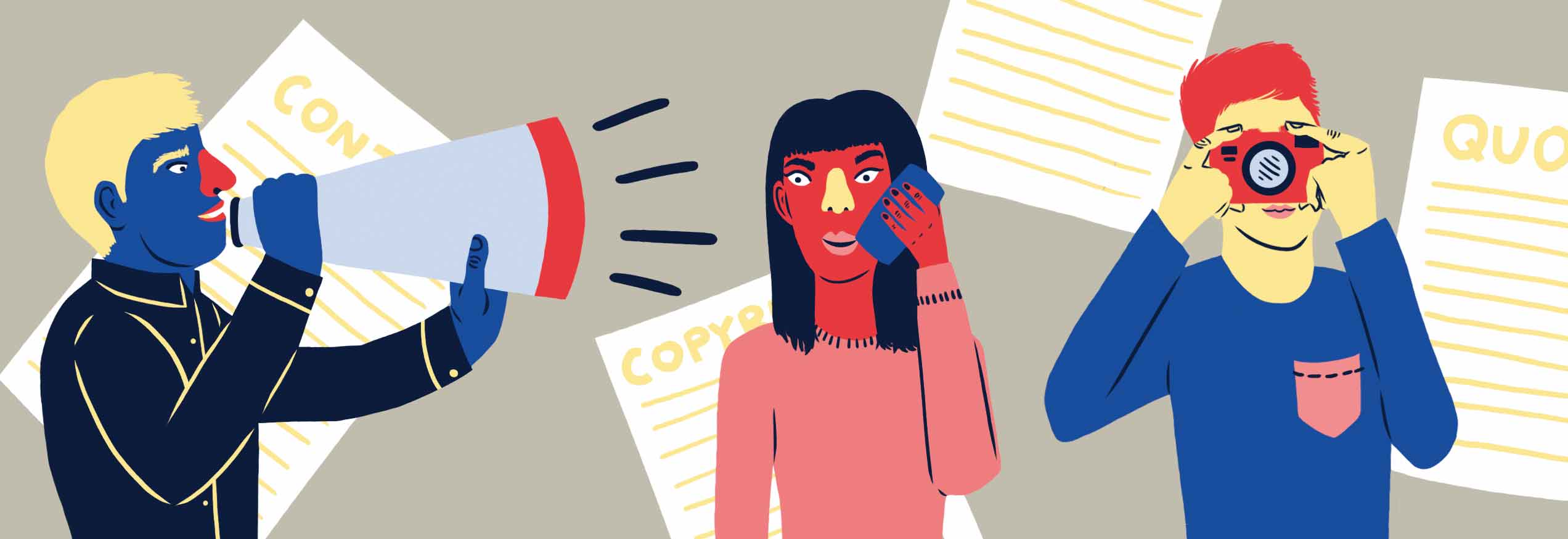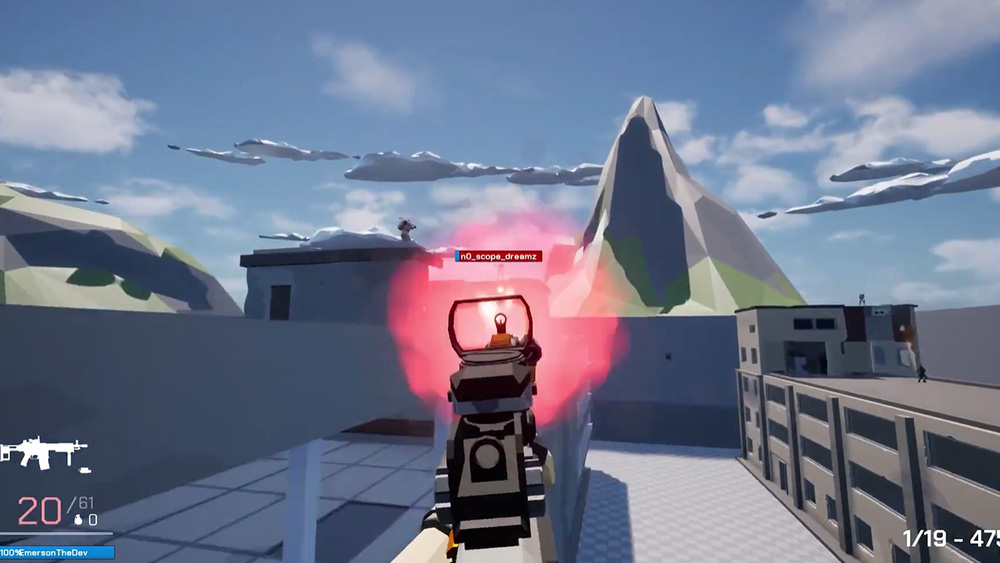How to get more from your agent
Whether you're looking to get signed or want your agent to work harder for you, here's how to get a better deal for both parties.
Being a freelance illustrator, designer or animator can be a pretty hard slog at times. When there's no work coming in, the bills still need to be paid. What can you do? The answer might be to get an agent. In theory, this should mean more work, bigger jobs and a steadier income.
Discover 10 things nobody tells you about going freelance
But even when you've got an agent, that's not always the case. The big clients you hoped for may never materialise, and the work might be as sporadic as ever.
Having an agent has plenty of benefits, but there are lots of things a freelance creative can do to make sure the partnership is fruitful...
Do you need an agent?
First, let's take a look at what agents really do. Jon Cockley co-founded Handsome Frank with Tom Robinson five years ago. The agency has a roster of over 30 artists including Jean Jullien, Thomas Burden and Jordan Metcalf.
"Typically a project will begin with an approach from a client," says Cockley. 'This might be direct or through a design or advertising agency, depending on the size and type of project."
Handsome Frank's first task then is to find out as much about the project as possible, including how the piece will be used, so they can estimate the amount of work required. "Variables like which media it will be used across, the territories it will be used in and the duration of the usage are really important," says Cockley. "Once we have this information we'll send an initial quote."
Get the Creative Bloq Newsletter
Daily design news, reviews, how-tos and more, as picked by the editors.
Tricky negotiation
If you're not confident pricing your work, bargaining and analysing contracts, then an agent is very useful. Negotiation is also part of the process. Your agent will work with the client on the brief, deadlines and deliverables, and this might be hashed out in face-to-face meetings, by email and in conference calls.
"Once we have a tight brief and we've agreed a fee and workable deadlines, we'll look at contracts and make sure our artist is protected. This sometimes requires third party legal expertise. When everyone is happy we sign contracts and get to work," adds Cockley.

After that, Handsome Frank will step back and let the creative director work directly with the illustrator. If there are problems then they'll step in to mediate, but it's important that the lines of communication are kept as simple as possible.
When the project's finally done, the agency returns to the fore. "We step in again and handle the dull stuff like invoicing and chasing up any late payments," Cockley continues.
"When the project goes live we'll also make sure we get hold of all the assets and photograph the work on location if required. We use this to promote the artist across our site, social channels and where possible gain coverage in the industry press."
Getting a fair deal
If you want to work with ad agencies, a decent agent will help get you a fair deal. This is precisely why Sawdust, a small studio set up by duo Jonathan Quainton and Rob Gonzalez, decided they needed representation.
"In 2008 we were approached by an advertising agency for a rather large job," says Quainton. "Having had little experience in negotiating contracts for commercial jobs of this scale we had to seek some advice."
"This actually helped us realise that there are lots of benefits to having an agent working on your behalf. It means you can free up creative studio time focusing more on projects instead of worrying too heavily about client handling, meetings, proposals, contracts and negotiating fees. You can concentrate on what you are good at – the fun stuff."
Your agent should be leaping into action when work comes in, but what's trickier is making sure new jobs are continually generated. Getting more from your agent usually means working with them to promote your imagery, and giving them something new to say about you on a regular basis.
Regular contact
Erica Burns is a nomadic British illustrator who's represented in Australia by The Illustration Room and in the US by Snyder New York. She advises regularly hassling your agent so you're at the top of their list.
"Agents hassle ad agencies and buyers for a living so don't be afraid to keep emailing or calling," she says. "Even if you don't have a paid commission, illustrate a picture or draw on a pair of shoes and ask them to put it on their blog. If you live in the same area, invite them out for a drink or a catch-up once in a while."
She also recommends giving them a list of your dream clients, and fellow illustrator James Dawe, represented by Jelly, agrees. "Write a mini manifesto of what your goals and expectations are and list the areas and genres in which you'd like your work to be pushed. Jelly appreciated me doing this," he says.
Next page: is it worth it and playing the field...

Thank you for reading 5 articles this month* Join now for unlimited access
Enjoy your first month for just £1 / $1 / €1
*Read 5 free articles per month without a subscription

Join now for unlimited access
Try first month for just £1 / $1 / €1

The Creative Bloq team is made up of a group of design fans, and has changed and evolved since Creative Bloq began back in 2012. The current website team consists of eight full-time members of staff: Editor Georgia Coggan, Deputy Editor Rosie Hilder, Ecommerce Editor Beren Neale, Senior News Editor Daniel Piper, Editor, Digital Art and 3D Ian Dean, Tech Reviews Editor Erlingur Einarsson, Ecommerce Writer Beth Nicholls and Staff Writer Natalie Fear, as well as a roster of freelancers from around the world. The ImagineFX magazine team also pitch in, ensuring that content from leading digital art publication ImagineFX is represented on Creative Bloq.
